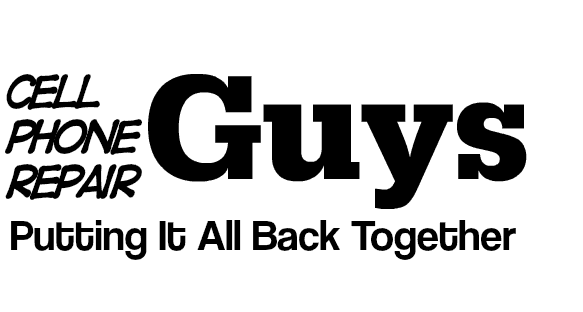
How to use technology to sleep better
Tired of being tired? Instead of banning electronics from the bedroom, tech can help you get to sleep faster, sleep better and wake up feeling more refreshed

Of all our biological imperatives, sleep has probably suffered the most in our technology-fuelled move to an ever-faster pace of life, but it doesnt have to. Technology can actually help you sleep better.
For the last three years Ive been using various bits of tech to analyse my sleep and to better optimise my nights.
And while some will doubt the helpfulness – as well as the accuracy – of a whole new set of stats to worry about, I know Ive felt the benefits.
Heres what Ive found works, both to help send me to sleep faster and wake up more refreshed.
Before bed: blue light filters

Some would say banning all electronics is the first step to a better nights rest. But for those of us who think thats just a bit extreme, and would rather be able to Netflix and chill in bed, theres a happier medium to be found.
One big problem with electronics is the light that screens emit. Wavelengths at the blue end of the spectrum inhibit the production of melatonin and makes it harder to fall asleep.
I use a blue-light filter on every screen I view at night, synched to turn on with sunset and off at sunrise. It has reduced the time it takes for me to get to sleep by about 20%.
On mobile devices, this is relatively easy. For Android there are various apps that effectively alter the colour of the screen to the warmer, redder end of the spectrum. My favourite is Twilight. Apple recently added the Night Shift feature in iOS 9.3 for the iPhone and iPad, and Amazons Fire tablets running Fire OS 5 have had blue-light filtering built in for a while. Apps are also available for Windows or OS X that do the same thing.
Im yet to find an effective solution for the TV or e-reader, though for the latter you can turn off the backlight and using a red bulb in your room if that takes your fancy.
Red lights

Using colour-changing bulbs, such as Philips Hue, can help make your environment more closely mimic the natural world. Warmer tones can be synced to the sunset, sunrise cycle and having lights that dim automatically can help reduce the dazzling effect of standard bulbs that might wake you up.
I use the LightwaveRF system of dimmable bulbs set on various timers around the house to turn down the amount of light and eventually switch off automatically.
When in bed: smart alarms and lights

In bed, I use two gadgets. One is a Withings Aura, which is a smart alarm clock with sensors, a colour-changing light, a speaker and an under-mattress sleep monitor. The other is the Microsoft Band 2, which is a wrist-worn fitness tracker with constant heart-rate monitoring that offers solid sleep tracking.
The Aura has a red nightlight mode to help stop dazzling white light from waking you up, which I use when getting ready for bed, when reading or if I get up in the middle of the night.
Light and sound show

The Aura also has a supposedly sleep-inducing light and sound show. The light will simulate a sunset, starting quite bright red and slowly dimming till off. I found it kept me up more than sent me to sleep, but the sleep sounds are very effective.
The sound of waves landing on the shore – there are a few to choose from – help me drift off every night. The waves steadily decreases in volume over the course of about 15 minutes. Its soothing, blocks out background noise and data from the Microsoft Band 2s sleep tracking function shows that I get to sleep about 15% faster with the gentle lapping as I drift off.
Waking up refreshed

In the mornings the Aura uses a sensor placed under the mattress to detect when I am in my lightest sleep phase so it can wake me up at the most appropriate time before my alarm goes off.
I have it set so it can wake me up to 40 minutes early, and Ive found it works. First theres a blue light that slowly increases in brightness and then a musical tune, which is loud enough to wake me from deep sleep if needed. It can also play tracks from Spotify.
Waking me up gradually with light when in a light sleep phase, rather than in the middle of deep or REM sleep, means that I wake up feeling more refreshed. I can still feel wrenched out of sleep when Ive had a bad night but on average I feel brighter and ready to wake.
The Microsoft Band 2 can perform a similar function using a vibrating alarm, which I use if Im travelling or Im worried that light and sound alone wont wake me for something important.
There are alternatives on the market for all this tech, some are more advanced and link in with the internet of things, others are more basic using simple timers.
Getting rid of blue light, making your environment mimic nature, and being woken up a the right time for your body can really help you sleep better, feel better and have more energy. Thats what Ive found in the last three years. Who says techs not good for you?
Read more: https://www.theguardian.com/technology/2016/apr/25/how-to-sleep-better-with-technology
